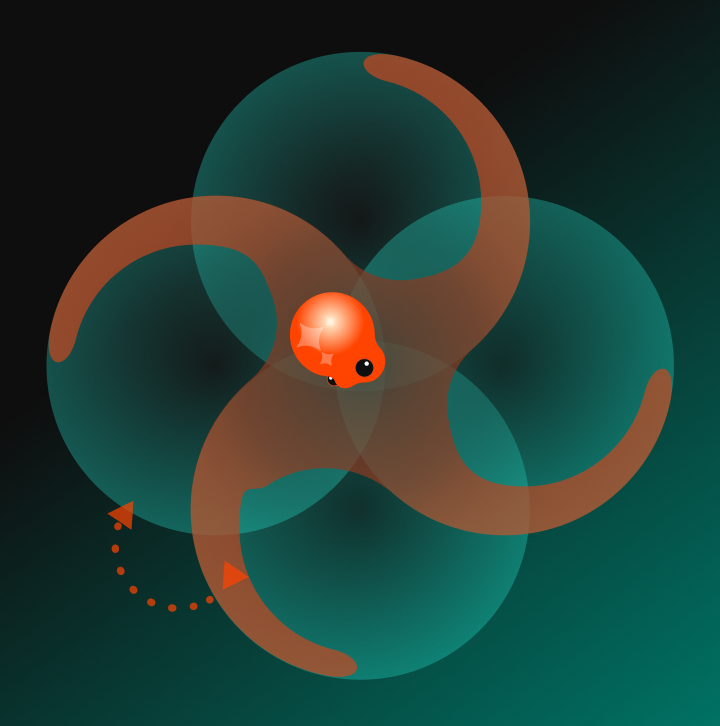In a recent customer engagement, we found something far more dangerous than alert fatigue — massive blind spots hidden beneath a perfectly normal-looking SOC.
The Illusion of Activity
This customer had been relying on a Managed Security Service Provider (MSSP).
Every week, around 60 to 70 alerts were escalated, investigated, and closed on time. Dashboards looked healthy, SLA metrics were green, and everything appeared under control.
But when AiStrike stepped in and analyzed the underlying detections, the story changed completely.
Step One: Start with Detection, Not Alerts
At AiStrike, we always start with detection analysis — not ticket queues.
We look at the telemetry, integrations, and detection logic before touching a single alert. Within days, several red flags emerged.
1. Cloud Visibility: Missing Entirely
No cloud security alerts were being ingested into the SIEM — none.
Despite having critical workloads on Azure and AWS, the customer’s cloud activity was completely off the radar.
Identity-based attacks, privilege escalations, misconfigurations — all invisible to the SOC.
2. Endpoint Telemetry: Suspiciously Quiet
The EDR platform, which should have been the richest source of behavioral data, contributed less than 1% of total alerts.
Even stranger: only one user showed any “malicious” behavior in the past 30 days — statistically impossible for an enterprise of this size.
That immediately raised questions:
- Was the EDR properly configured?
- Continuously tuning detections to eliminate gaps and overlap
When detection quality improves, SOC automation compounds that value — every AI-driven triage or response decision becomes faster and more accurate.
A Question Few Ask
Here’s a harder question:
Are MSSPs and MDRs truly motivated to help you reduce alert volume?
If their value is measured by how many alerts they review or close, what happens when optimization cuts 100,000 alerts down to 5,000?
Does that make them more effective — or less “valuable” in the customer’s eyes?
That’s a topic for another day.
But the takeaway is simple:
You can manage false positives.
You can’t manage what you can’t see.
Closing Thoughts
SOC efficiency isn’t about how many tickets you close — it’s about how many attacks you actually detect.
When organizations start by strengthening visibility, optimizing detections, and aligning telemetry, they transform from reactive to proactive.
Because in cybersecurity, noise can be tuned out — but blind spots can take you down.
About AiStrike
AiStrike is redefining modern security operations with a detection-first approach powered by Composite AI — the foundation of the SOC Intelligence Fabric.
We don’t just automate response; we engineer better detections, ensuring the SOC sees what others miss.
- Were alerts even being integrated into the SIEM?
- If yes, was the SIEM’s correlation logic suppressing them?
In short — visibility, telemetry, and detection logic were all broken. And none of these had been identified as issues before AiStrike came in.
The False Sense of Security
We also discovered that the SIEM in use was UEBA-centric, optimized for “rare occurrences.”
That’s useful when anomalies are true indicators of compromise — but in this case, the system was surfacing unusual events that had little to do with real threats.
The raw numbers told the truth:
- 100,000+ alerts per month
- 90% were of a single, repetitive type — mostly false positives
- 6% were benign blocked firewall connections
- Less than 4% of alerts were actually actionable
With minimal tuning, we reduced more than 90% of the noise — freeing up analysts to focus on what mattered most: improving coverage and fixing visibility gaps.
The Real Danger: Blind Spots Over False Positives
False positives drain time.
But blind spots drain trust.
A SOC measured only by how fast it closes tickets may completely miss the bigger question:
Are we even detecting what matters?
At AiStrike, we believe automation starts with strong detection engineering — not more alert handling.
That means:
- Collecting the right telemetry across cloud, endpoint, and identity sources
- Validating integrations and correlation logic
AiStrike acts as a Force Multiplier for People and Technology, enabling small teams to operate like enterprise SOCs — and large enterprises to achieve investigation depth, not just speed.
- Detection Engineering at the Core: AiStrike continuously evaluates and optimizes your detection logic across SIEM, EDR, CNAPP, and cloud telemetry. By correlating signals with threat intelligence and MITRE ATT&CK mappings, it closes visibility gaps before they become compromises.
- Investigation Depth, Not Just Speed: Instead of summarizing alerts, AiStrike builds contextual narratives — connecting signals, assets, and identities — so analysts can make confident decisions in minutes, not hours.
- Continuous Intelligence Loop: AiStrike’s learning engine sharpens detections over time, reducing false positives and adapting to new threats autonomously — creating a self-improving SOC.
- Proactive Defense: The platform operationalizes threat intelligence in real time, automatically mapping new vulnerabilities, IOCs, and TTPs to your environment to reveal active exposures and provide remediation plans.
AiStrike isn’t another alert management tool — it’s the detection engineering and automation fabric that transforms your SOC from reactive to proactive, from overwhelmed to intelligent.
AiStrike — SOC, Done Right.

.png)

.png)
.webp)









.svg)
.png)
